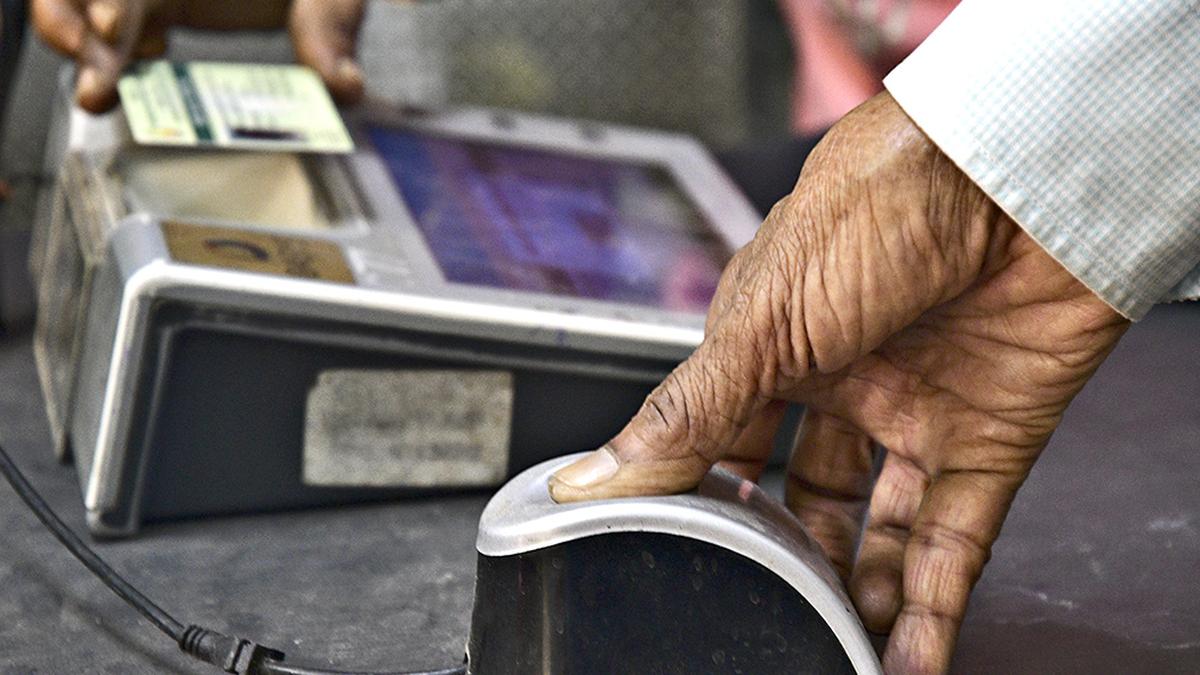Description
_SCHEMES.png)
Copyright infringement not intended
Context: According to the latest data, the central government has received claims worth Rs 3,400 crore from various companies under the 14 PLI schemes to date. Out of these claims, Rs 2,900 crore have been disbursed so far, which is about 85% of the total claims.
Details
- The 14 production-linked incentive (PLI) schemes are a key initiative of the central government to boost domestic manufacturing and exports in various sectors. These schemes aim to provide financial incentives to eligible companies based on their incremental production and sales. The Department for Promotion of Industry and Internal Trade (DPIIT) is the nodal agency for implementing these schemes and disbursing the incentives.
- According to the latest data shared by the DPIIT, the central government has received claims worth Rs 3,400 crore from various companies under the 14 PLI schemes to date. Out of these claims, Rs 2,900 crore have been disbursed so far, which is about 85% of the total claims. This shows that the government is committed to supporting the domestic industry and ensuring timely payments of the incentives.
Production Linked Incentive (PLI) Schemes
About
- The Production Linked Incentive (PLI) schemes are a set of initiatives launched by the Government of India to boost domestic manufacturing and exports in various sectors.
- The schemes aim to provide financial incentives to eligible manufacturers based on their incremental production and sales over a base year.
- The schemes also seek to attract foreign direct investment (FDI) and enhance the competitiveness of Indian products in the global market.
Background
- The PLI schemes were first announced in April 2020 as part of the Atmanirbhar Bharat Abhiyan (Self-Reliant India Movement), a comprehensive economic package to revive the economy amid the COVID-19 pandemic.
- The schemes were initially introduced for three sectors: mobile phones and specified electronic components, active pharmaceutical ingredients (APIs) and medical devices, critical key starting materials (KSMs), drug intermediates and APIs. Later, the schemes were extended to more sectors.
- Currently, the schemes offer incentives to companies for incremental sales of products manufactured in India across 14 key sectors, such as electronics, pharmaceuticals, automobiles, textiles, and food products.

The PLI schemes have several features that make them different from the previous incentive schemes. Some of these features are:
Output-oriented
- The schemes are output-oriented rather than input-based. They reward manufacturers for increasing their production and sales rather than for investing in capital or infrastructure.
Time-bound
- The schemes are time-bound and have a sunset clause. They are valid for a period of five to six years depending on the sector.
Performance-based
- The schemes are performance-based and have a graded incentive structure. The incentive rate varies according to the category of the manufacturer (domestic or foreign), the level of value addition, the type of product and the year of operation.
Flexible
- The schemes are flexible and allow manufacturers to choose their own base year, investment plan and production targets within the prescribed guidelines.
Aligned with the national priorities
- The schemes are aligned with the national priorities and strategic sectors. They aim to reduce import dependence, promote innovation and R&D, create employment opportunities and enhance India's share in the global value chain.
The PLI schemes have several significances for the Indian economy and society. Some of these significances are:
Boost Manufacturing
- The schemes can boost India's manufacturing output and exports by creating a conducive environment for domestic and foreign investors.
- According to government estimates, the PLI schemes can generate additional production worth Rs 37.5 lakh crore ($500 billion) and additional exports worth Rs 20 lakh crore ($267 billion) over five years.
Enhance self-reliance and resilience
- The schemes can enhance India's self-reliance and resilience in critical sectors such as electronics, pharmaceuticals, telecom and renewable energy. These sectors have high import dependence and strategic importance for India's development and security.
Foster innovation
- The schemes can foster innovation and R&D in emerging technologies such as electric vehicles, 5G, artificial intelligence and biotechnology. These technologies have immense potential for transforming various sectors and improving the quality of life of people.
Employment opportunities
- The schemes can create employment opportunities for millions of people across various skill levels. According to government estimates, the PLI schemes can create direct employment for 1.8 million people and indirect employment for several more over five years.
The PLI schemes also face some challenges and limitations that need to be addressed for their effective implementation and impact. Some of these challenges are:
Monitoring and evaluation mechanism
- The schemes require a robust monitoring and evaluation mechanism to ensure transparency, accountability and compliance of the manufacturers.
- The government needs to establish clear criteria and indicators for measuring the incremental production, sales and value addition of the manufacturers and verify them through independent audits.
Coordinated approach
- The schemes require a coordinated approach among various ministries, departments, agencies and stakeholders to avoid duplication, overlap or conflict of policies and regulations.
- The government needs to harmonize the PLI schemes with other existing or proposed schemes such as Make in India, Digital India, Startup India, etc.
Supportive ecosystem
- The schemes require a supportive ecosystem of infrastructure, logistics, finance, skilling and market access to enable the manufacturers to scale up their production and exports. The government needs to address the bottlenecks and gaps in these areas through reforms and investments.
Dynamic and responsive design
- The schemes require a dynamic and responsive design to adapt to the changing market conditions and consumer preferences. The government needs to review and revise the PLI schemes periodically based on feedback from the manufacturers and other stakeholders.
To ensure the success of the PLI Scheme and harness its full potential;
- The government should streamline the processes and procedures for applying, approving, disbursing and auditing the incentives, to reduce delays, complexities and leakages.
- The government should allocate adequate funds for the scheme transparently and predictably while ensuring fiscal prudence and accountability.
- The government should adopt a holistic and balanced approach to select the sectors and firms for the scheme, based on their economic viability, social relevance and environmental impact.
- The government should complement the scheme with other supportive measures, such as infrastructure development, skill development, ease of doing business, tax reforms and regulatory reforms.
- The government should engage with other countries and regions, through bilateral or multilateral dialogues, to address their concerns and resolve any trade issues arising from the scheme.
Conclusion
- The PLI schemes are a bold and ambitious step by the Government of India to revitalize the manufacturing sector and make India a global hub for production and innovation. The success of these schemes depends on their effective implementation and coordination among various actors. If done well, these schemes can transform India's economic landscape and create a new wave of growth and development.
Must Read Articles:
Production-linked incentive (PLI) Schemes: https://www.iasgyan.in/daily-current-affairs/pli-scheme-1
|
PRACTICE QUESTION
Q. The Production Linked Incentive (PLI) schemes are a set of initiatives to boost domestic manufacturing and attract foreign investments in various sectors. What are the main benefits and challenges of these schemes for the Indian economy and industry, and what are the possible solutions to overcome the hurdles and enhance the manufacturing capacity and competitiveness of the country?
|

https://indianexpress.com/article/business/economy/disbursed-rs-2-9k-cr-so-far-under-14-pli-schemes-dpiit-8661423/




_SCHEMES.png)
_SCHEMES.png)


